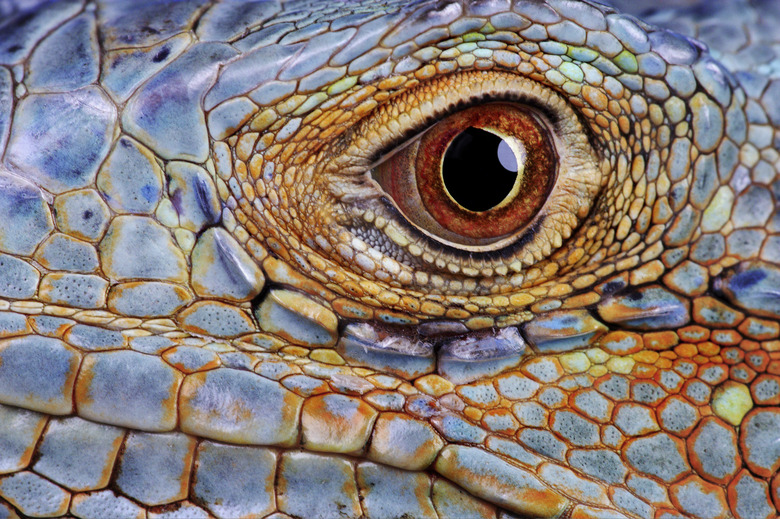What Are The Ways To Identify Organisms?
Classifying each organism living on the planet is an important, yet incredibly difficult task of biologists. Because of the vast range of the types of living organisms, scientist have created several ways to identify each of them. Through these processes, a more organized system, better naming and more accurate family trees can be created.
General Identification
General Identification
Living organisms on the planet are categorized into six kingdoms: animals, plants, archaebacteria, eubacteria, fungi and protists. Each kingdom has distinct physical and biological features. When starting to identify an organism, knowing what kingdom it belongs to serves as the first step to further pinpoint the specific species.
Animals and plants are easily identified by physical characteristics, but archaebacteria and eubacteria are not easily identified unless scrutinized under a microscope. Some fungi look like plants, but a fungus cannot produce its own food. Protists, on the other hand, are any living thing that does not belong to the other five kingdoms.
Dichotomous Key
Dichotomous Key
A dichotomous key is a common tool used by biologists and other naturalists to categorize an unknown organism. This "key" is a series of questions or statements asking about a specific characteristic of the organism. Once a question is answered, it leads to another question. Through this series of questions, the unknown organism may be identified. Dichotomous keys generally identify large organisms, such as plants and animals, because their characteristics are easily seen by the naked eye. Identifying smaller organisms requires a more scientific approach.
Gram Staining
Gram Staining
Gram staining is the most common process used in identifying a bacterial organism. Bacteria are extremely small in size, meaning the only way to identify them is through a microscope. Gram staining is ideal for young specimens of bacteria because they are stained easier than fully developed ones. Gram staining works by exposing the bacteria's cell wall to two types of stains: a violet and a red one. A bacterium with thicker cell walls is known as gram positive bacteria because it retains the first stain and does not absorb the second one, while a gram negative bacterium has a thinner cell wall and absorbs both. Gram positive bacteria are violet, while gram negative bacteria are pink.
Molecular Biology
Molecular Biology
With the rise of technology, biologists are able to study the molecular structures of even the smallest living organisms, identifying each organism in a more empirical and scientific manner. Molecular biologists study a bacterium's DNA and compare it to other DNA to see if there are similarities. Since the DNA is a living organism's "biological manual" and is unique to each type of organism, identifying it can be very specific and easy.
Cite This Article
MLA
Johnson, Steve. "What Are The Ways To Identify Organisms?" sciencing.com, https://www.sciencing.com/ways-identify-organisms-8572279/. 10 June 2011.
APA
Johnson, Steve. (2011, June 10). What Are The Ways To Identify Organisms?. sciencing.com. Retrieved from https://www.sciencing.com/ways-identify-organisms-8572279/
Chicago
Johnson, Steve. What Are The Ways To Identify Organisms? last modified March 24, 2022. https://www.sciencing.com/ways-identify-organisms-8572279/
